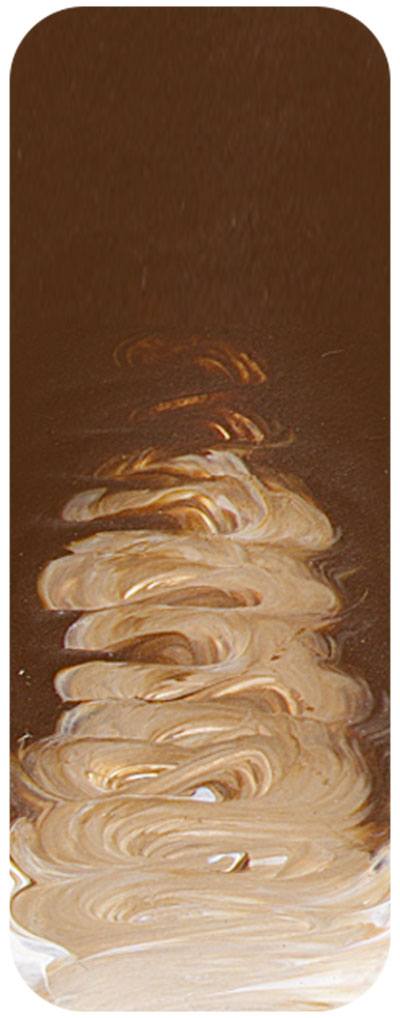Raw Umber Matisse Fluid 135ml
Couldn't load pickup availability
Description
"Raw Umber gets it name from the fact that it originally was from Umbria in the central mountains of Italy, although it is a very common clay type which is found all over the world. Cyprus is the most important source for high quality pigments for artists at the present time. it is considered the best because the umber there has a portion of yellow oxides with the manganese and these two in combination give the pleasing greenish tone that artists like. Perhaps because Turkey was historically associated with rich and exotic colours (the country???s name is derived from the colour and gemstone turquoise) this umber from Cyprus is often called Turkish in the pigment industry Raw Umber is used by the artist for cool dark browns but most of the Raw Umber produced is destined for production of Burnt Umber.
The dark brown colouration of Raw and Burnt Umber is partially from red iron oxide and partially from manganese impurities. It is the manganese that makes the dark brown colour. While it is not present in the oldest cave paintings in Australia and Africa, Raw Umber is a major component of the early cave paintings of France and appears to have been used for more than 20,000 years. The famous bison and horses at Lascaux are around 16,000 years old and are beautifully depicted with Raw Umber as well as Red Oxide. The Raw Umber contributes to the feeling of reality in these paintings as it is the natural colour of their hides. Most very ancient cave art is very schematic and colours and shapes seem to owe more to spiritual and cultural practices than realism. At Lascaux it is noticeable that people are depicted in this way too, but when it comes to the large animals they are depicted with a realism that is almost ???modern??? in its conception and it is this urge for accuracy with these animal paintings which appears to have spurred the need for using the brown pigment. This seems to have been a very significant insight and it is after this time that Raw Umber pigments start to appear in cave art around the world. It is interesting to speculate as to whether this was due to spontaneous discoveries in many places or whether cultural ideas were shared across large distances. Curiously there do seem to be times when it has fallen out of favour. It does not appear to have been used in ancient Egypt for example and yet by the time of the Renaissance it was regarded as a standard colour and was used widely.
After the Renaissance art went through a very ??brown?? period in which use of the colour skyrocketed. It wasn???t until the Impressionists that usage stabilised at the level it is used today. In the new century it retains its popularity and along side Raw Sienna it is one of the last two natural earth colours still in use since ancient times without being replaced by synthetic versions of the pigment.
Dark browns are common in nature, especially in shadows. Sometimes those colours are warm and Burnt Sienna is the first choice but when the brown needs to be cool then Raw Umber is the better choice. It works well when making dark colours generally and mixes with Phthalo Green to make a Hookers Green colour, or with any of the transparent crimson colours such as Matisse Rose Madder or Brilliant Alizarin to make deep burgundy colours. Mixed with Southern Ocean Blue it can make black and with Yellow Oxide it makes a wide range of browns suitable for general use in landscape painting.
"


